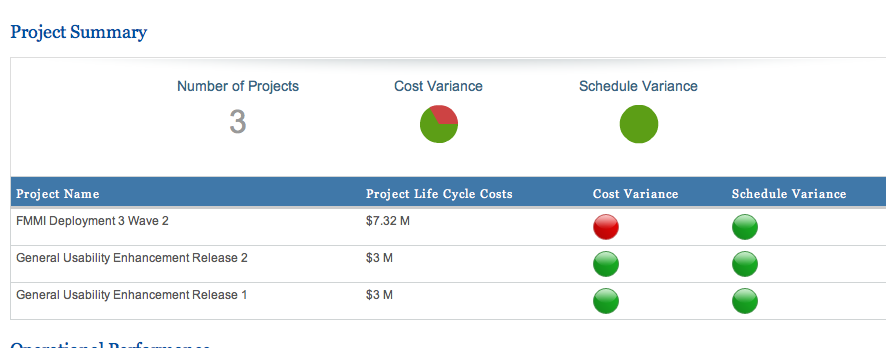The founding principal of federal contracting is competition. The notion is that through a formal process
using both objective and subjective criteria, that the proposal evaluation
teams are positioned to pick the best of the competitors. There is no shortage of detractors of the
process. It’s cumbersome, it’s rigid, it’s
bureaucratic, it’s slow, the Federal Acquisition Regulation (FAR) is too big
and complex, etc. Reformers argue that
shortcuts of various types need to be taken.
All of that may be true, but I don’t think that those are the things
that prevent IT contracts from being much more successful than they currently
are.
A typical IT contract awards work to ONE contractor. I think that this is the basic flaw. At the time of contract award perhaps the
best contractor is the one chosen. But
that contractor doesn’t necessarily STAY the best contractor. It is no secret that contractors use their
“A” business team for writing proposals, and propose their “A” team developers
and engineers. Their actual USE the “A” team on the project is no
guarantee except for a few who are officially designated as “key
personnel”. But even that is no
guarantee, and there is a process for replacing key personnel. Even in the rare instance where a contractor
delivers the staff exactly as proposed, this ‘best’ team’s performance has a
tendency to erode after the ‘honeymoon’ period common to all projects. This is due to totally normal human behavior.
There is no shortage of material on organizational development,
group behavior, management and behavioral sciences, group and individual
motivation. And there is no shortage of
methods, consultants, and interventionists to help teams perform to their
highest potential. There is not enough of these sources and methods being employed
on federal IT contracts. Of course, for
a contractor to employ these tools on a continuing basis, it would add to the
costs which would be passed through to the customer via the
contractor’s overhead costs. It’s a
thorny problem.
Here is a solution: All mid to large size IT contracts should award
tasks orders of... say... 80% to the ‘best’ contractor and 20% to the ‘next best’
contractor. Let’s call these the A team and
B team contractors. Simply, the B team
is there to keep the A team on their best game.
If the performance of the A team begins to slip, the Program Manager
(PM) and the Contracting Officer’s Technical Representative (COTR) and
Contracting Officer (KO) have the power and mechanism in place to easily move current or new work tasks from A and award it to B, and vice versa when necessary. Another way would
be to have B act as a validation and verification (V&V) team, which allows
them visibility into the guts of the project (and ready to take over) This scheme
would provide for constant competition among the contractors, and would surely
keep their executives and managers engaged in the quality of service on
contracts they’ve won – perhaps as much as they worry about the quality of the
proposals for the NEXT contract they’ve yet to win.
In the current federal IT contracting environment, competition
works well enough…. until there is one winner. At that point, the game is over. The Federal IT community needs to figure out
how to take advantage of normal human and organizational behavior, along with their
survival instincts and revenue goals by incorporating this or other constant competition schemes into their IT
contracting playbook.
EPILOG: Ironically, amid
all of CMS’s failures on the Healtcare.gov system rollout, I think they
actually had a similar mechanism in place that saved a chunk of their bacon…or
maybe just a few slices. The main contractor’s (A) role was taken over by
another contractor (B) who was working on a key part of the system: the ‘data
hub’ that routes data between systems and organizations. So contractor B was
responsible for getting the system working during the crash effort that was
successful at getting – now – millions of folks signed up. But now CMS has decided to give most of the
work to yet another contractor (C). The
next thing to watch on this project is how C behaves, now that they are establishing
control and probably recruiting all of the “A” team staff from the original A
contractor and B as well.




